Amazon Studios and ARRI have collaborated on an exclusive, in-depth video featurette about “The Lord of the Rings: The Rings of Power,” analyzing the technological orchestra of large format cinematography, VFX, lighting, and cloud-based workflow of a key sequence: the eruption of Mount Doom. Read about this large format goodness.
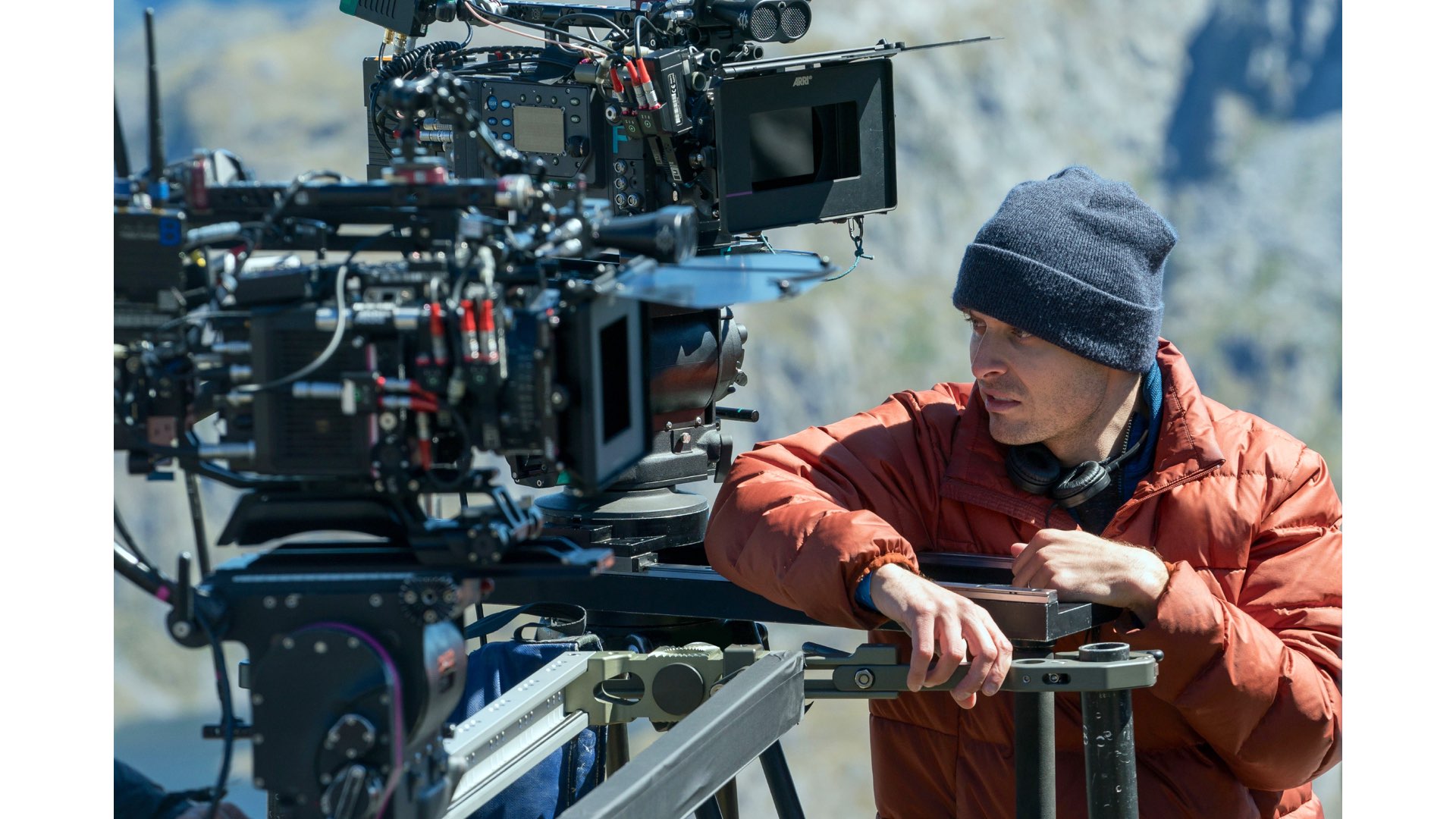
Shot by Cinematographer Alex Disenhof ASC
A pivotal moment in season one is the cataclysmic eruption of Mount Doom at the end of episode six, its aftermath providing the backdrop to the opening of episode seven. Cinematographer Alex Disenhof ASC, who shot both episodes, chose this sequence as a perfect case study for the ARRI featurette. It’s worth mentioning that Disenhof is the youngest active member of the ASC. He and senior visual effects supervisor Jason Smith were interviewed on camera at ARRI Rental in London, while producer Ron Ames and visual effects producer Jesse Kobayashi were interviewed at ARRI’s facility in Los Angeles. Watch the BTS below:
Captured on ARRI LF cameras
“The Rings of Power” was captured in large format with ARRI’s ALEXA Mini LF and ALEXA LF cameras. What Disenhof loved about working in large format was “The ability to shoot at my desired stop and still have a shallower depth of field, which was important in this scene because ultimately we did have a lot of visual effects and we wanted the world to be a bit hazy behind our characters, not just through smoke but through focus”. The team had the ability to utilize narrow lenses and shoot close to the character without creating distortion. Moreover, the larger field of view was an advantage in creating the dramatic look of the world of chaos.
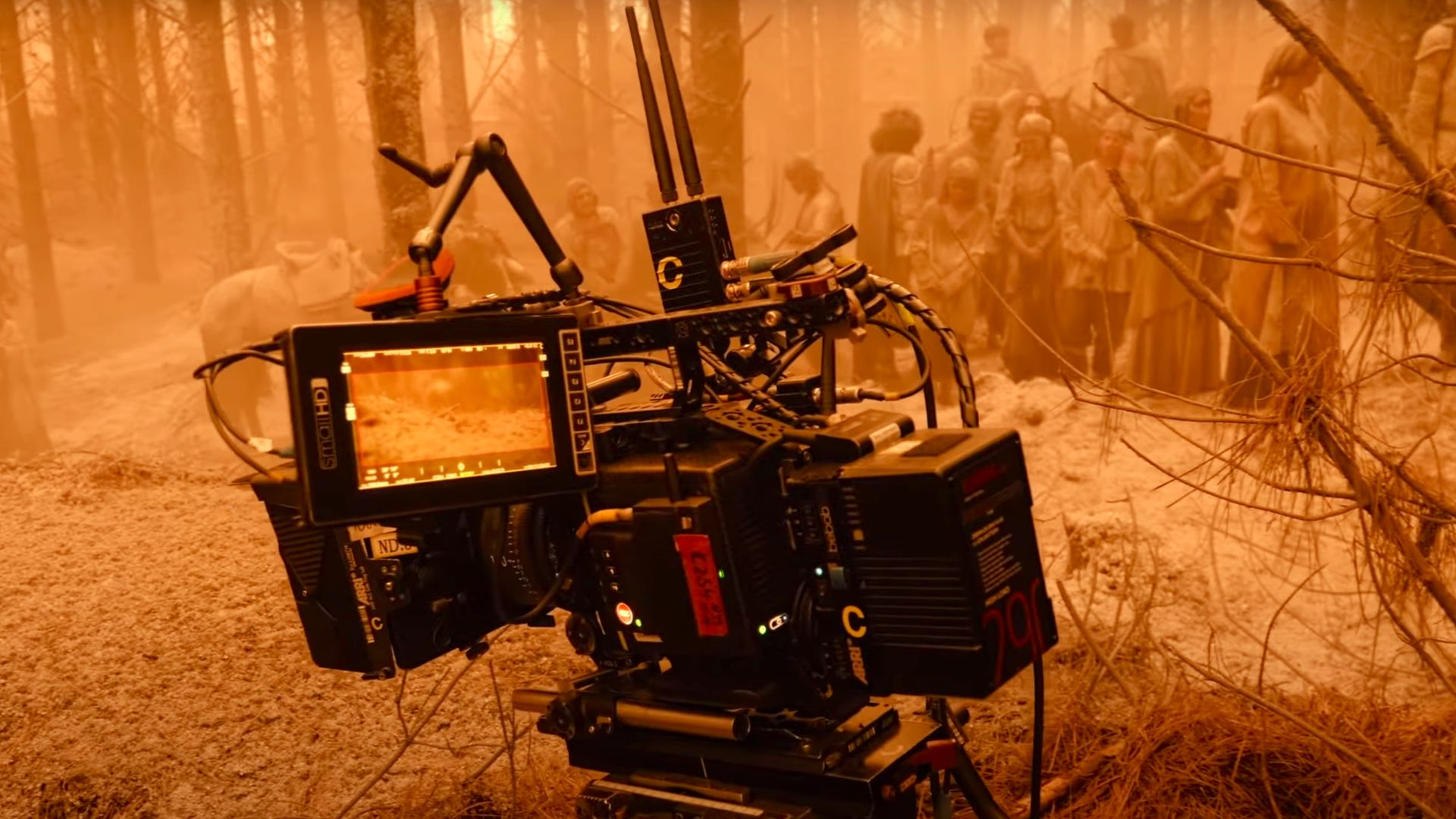
The lenses: DNA LF, and Signature Primes
The DNA LF lenses used in the series are products of ARRI Rental’s in-house lens development program, combining vintage optics with modern housings. “They are my favorite prime lenses,” says Disenhof. “They provide a roundness to the image that it is hard to explain.” Jason Smith adds: “The other nice thing about these DNA lenses is that, in spite of the fact that they’re using vintage glass, they’re still capturing metadata…that feeds into our visual effects pipeline”.
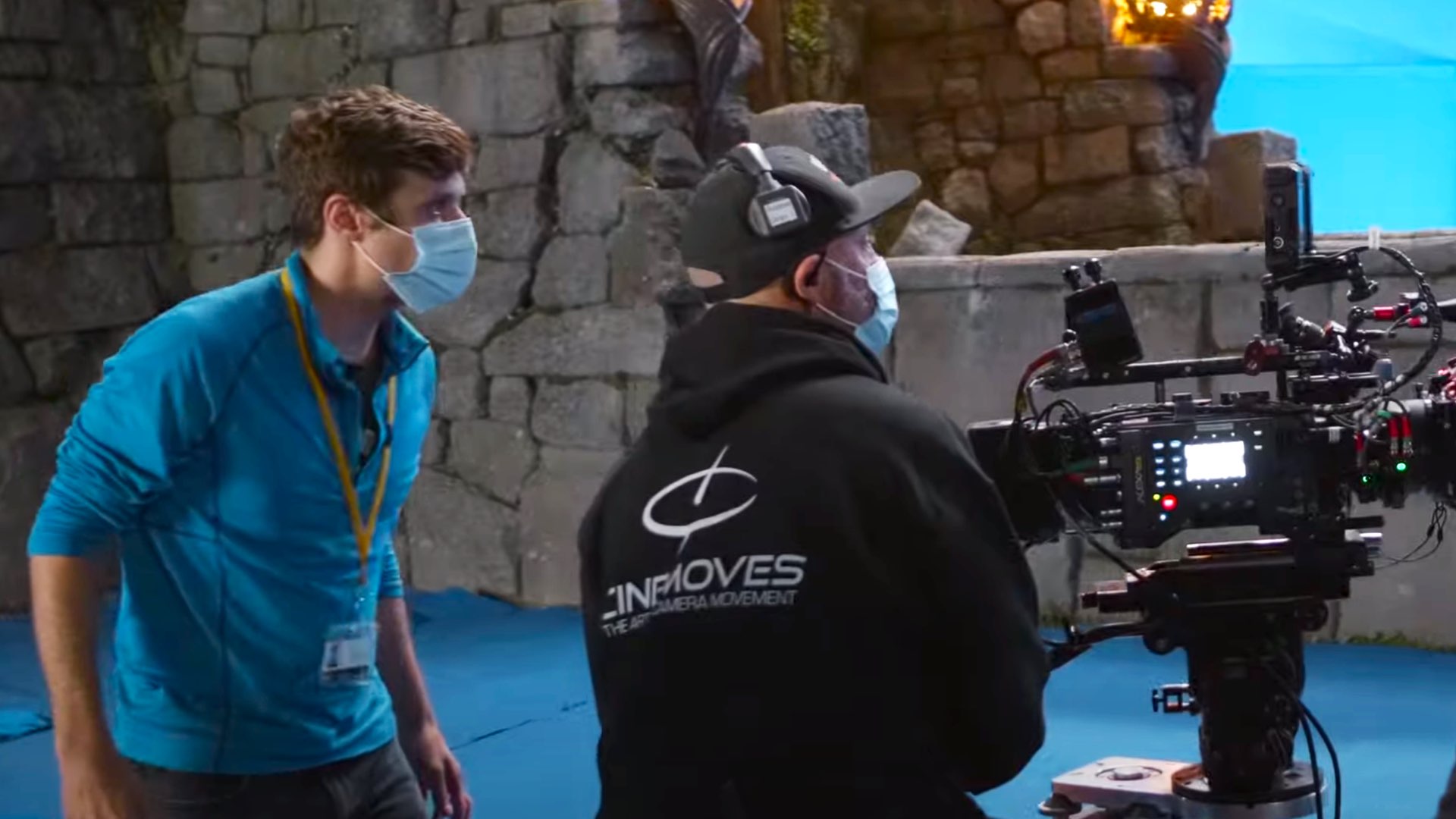
For some scenes 200 mm and 280 mm ARRI Signature Primes were used. Here, too, the production benefited from the lens metadata, in addition to the exceptionally soft bokeh for which these lenses are known.
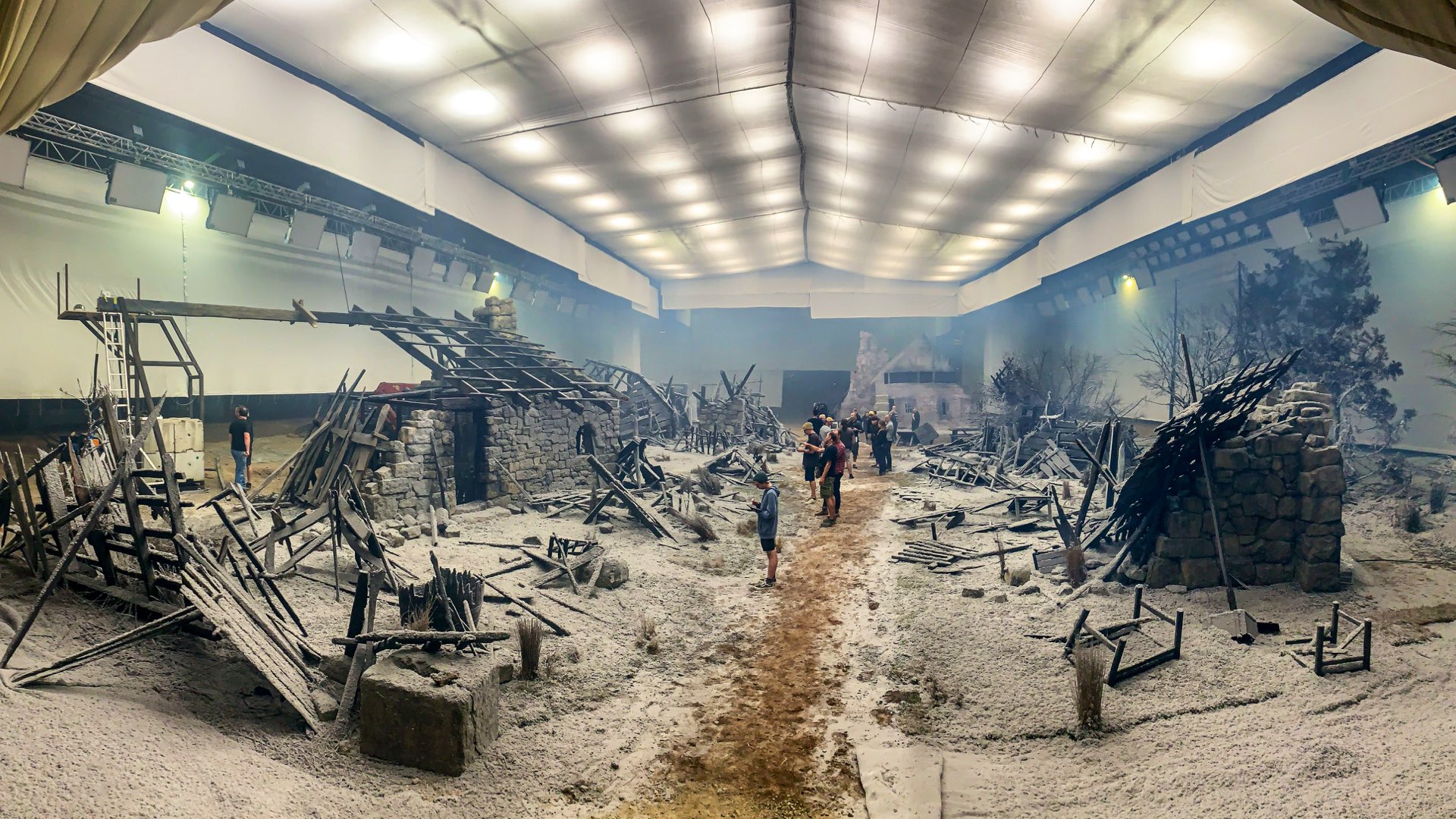
Metadata: The marriage between visual effects onset photography
The Ring Of Power is the first production to be fully cloud-based. With multiple units shooting simultaneously, the producers set up a sophisticated cloud-based workflow that depended on metadata supplied by the cameras and lenses. The mix of studio and location, and the transitions from a red look back to normality, made the camera and lens metadata invaluable.
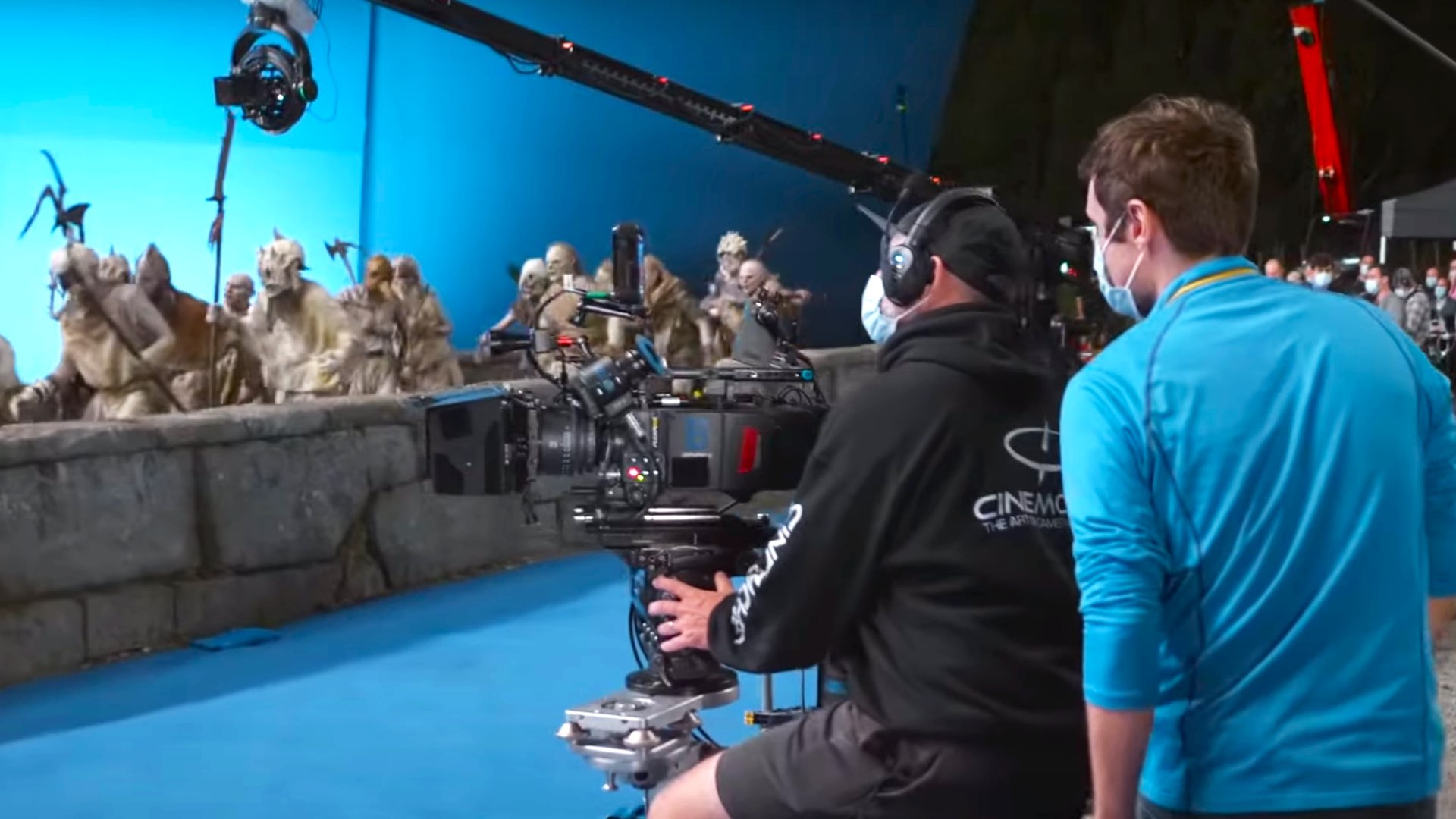
“The journey of the metadata for this particular sequence was of extreme importance,” says Jesse Kobayashi. “Having all of that information from all those different departments all in one place, accessible to the VFX teams and to the post teams, was I think what made that sequence look as good as it did in the very end.”
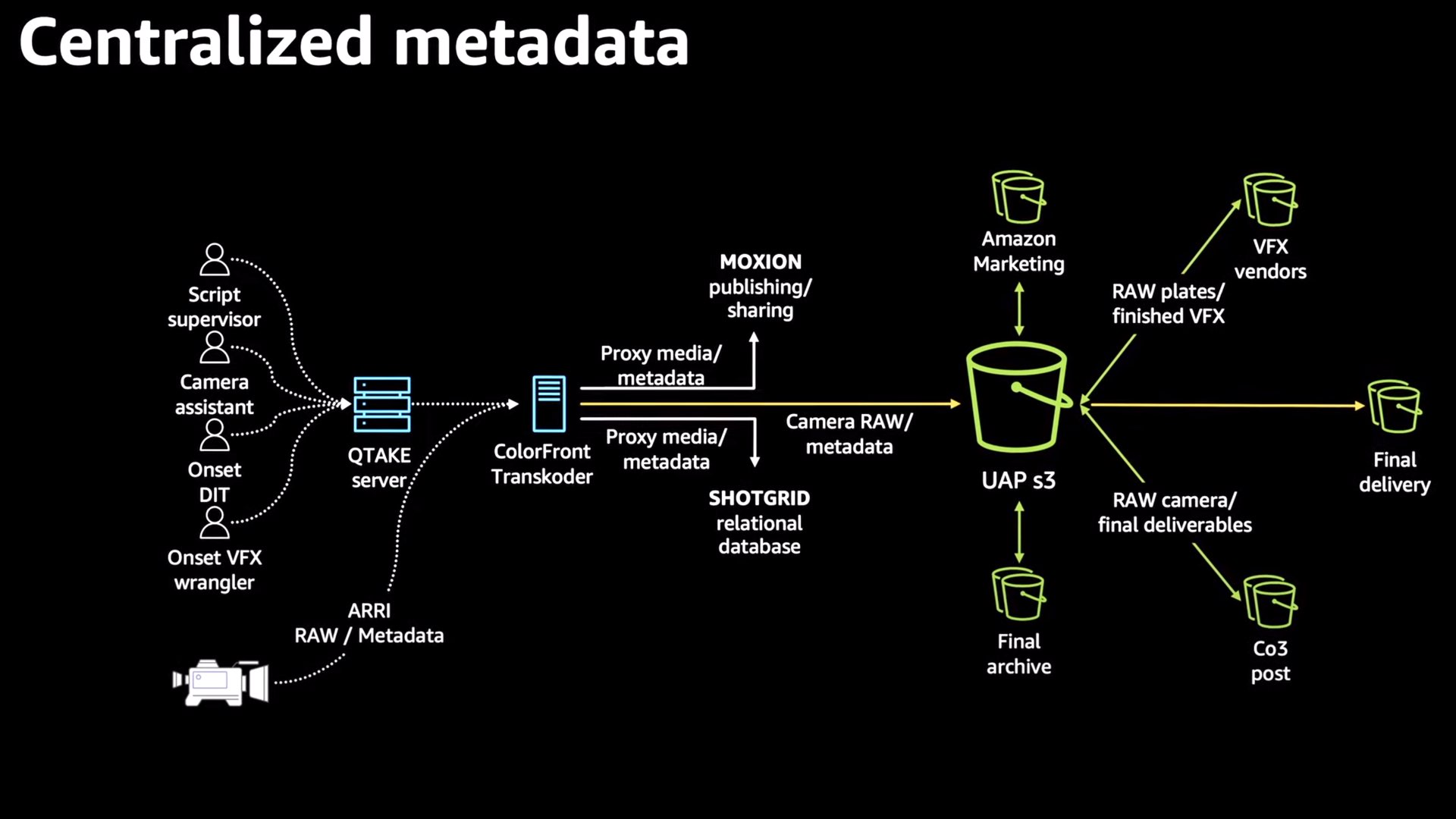
Final thoughts
The featurette demonstrates how high-end productions work in the era of modern cinematography. The integration between top tech cinema cameras and lenses, novel cinematography methods, VFX, lighting, and cloud-based workflow, needs to be accurate, efficient and well-managed. The main goal is to provide the audience with the best experience possible. Season two of “The Lord of the Rings: The Rings of Power” is currently shooting in the UK.


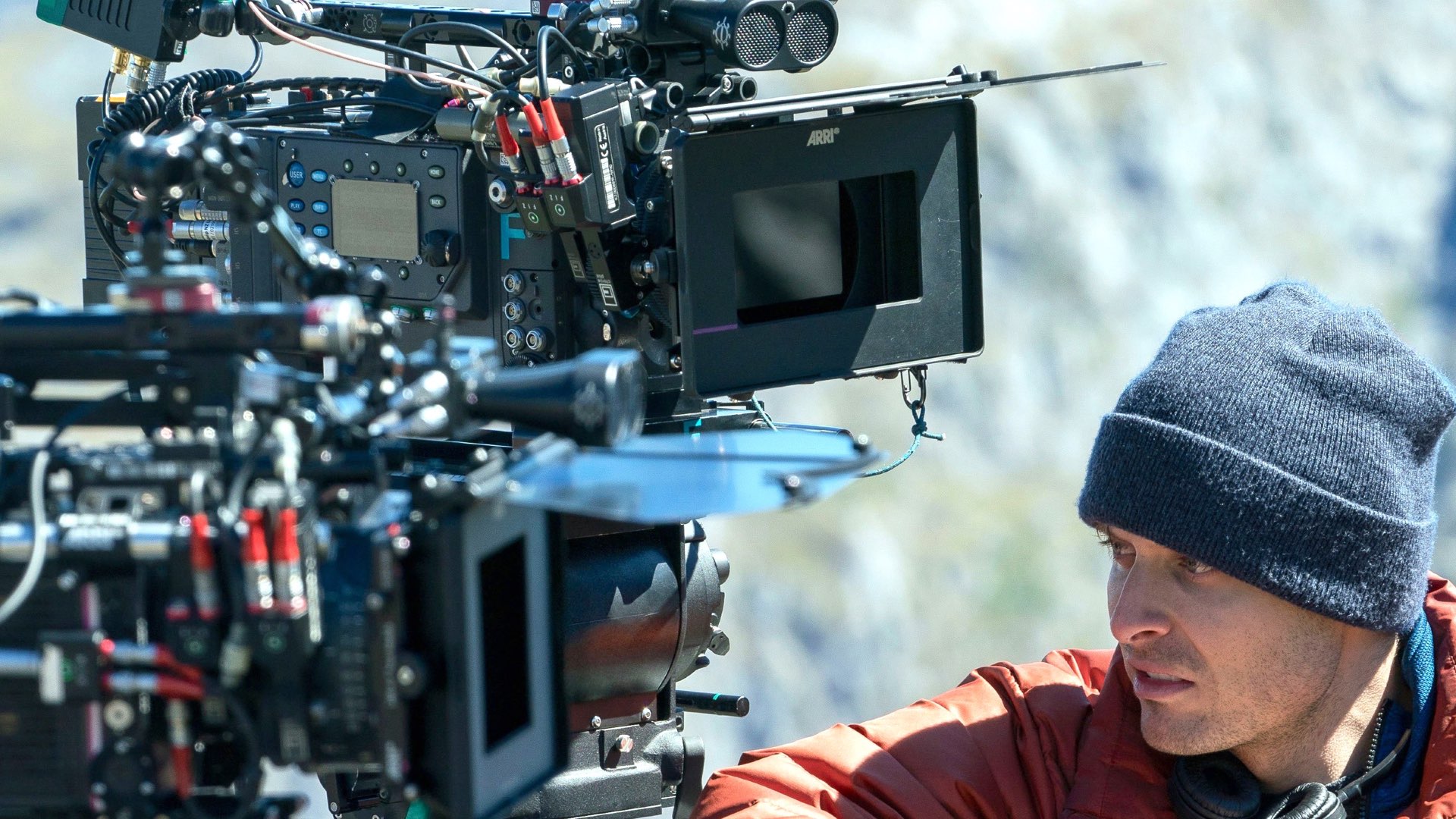

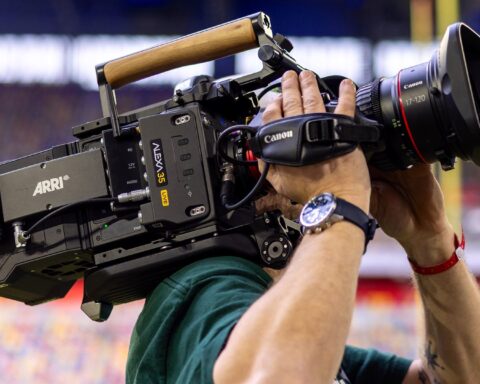





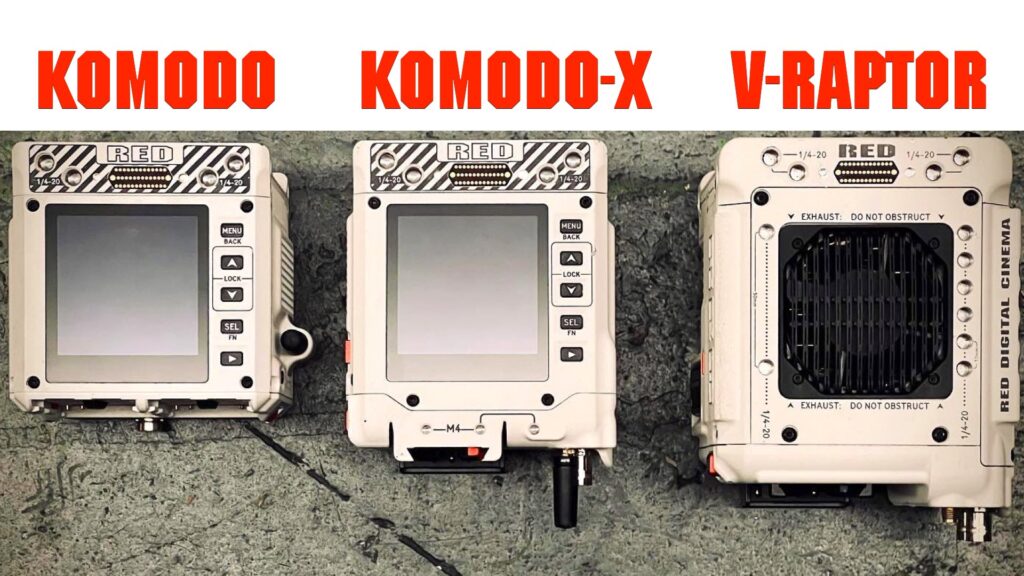
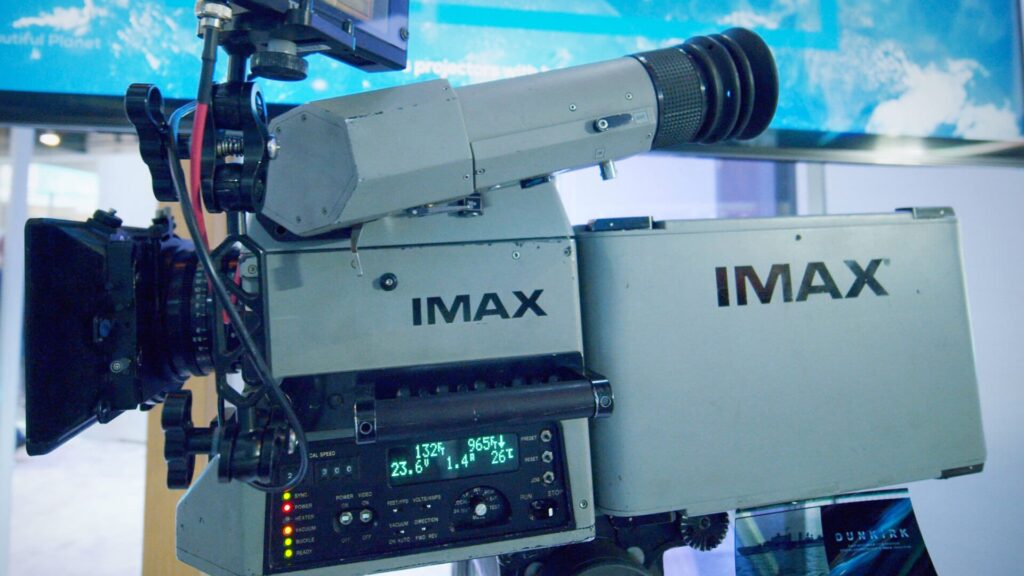




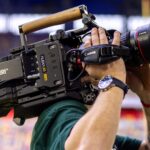
Maybe it can be used as a reverse Study, how not to do.
Besides the good huge areal Shots of Numenor, the look in the Series was very non-filmic and did a bad job in creating an Illusion – in my Eyes. If not to say, cheap looking. With the tools Peter J. has had in the LOTR Trilogy for less money, we all know the result was far better. Results matter, no specs etc. Cheers
To provide the best possible experience they would also have to write decent script. I don’t mean that the cinematography is not great. I mean that when the ship is sinking you have a hard time noticing how beautiful the swimming pool on the deck is.